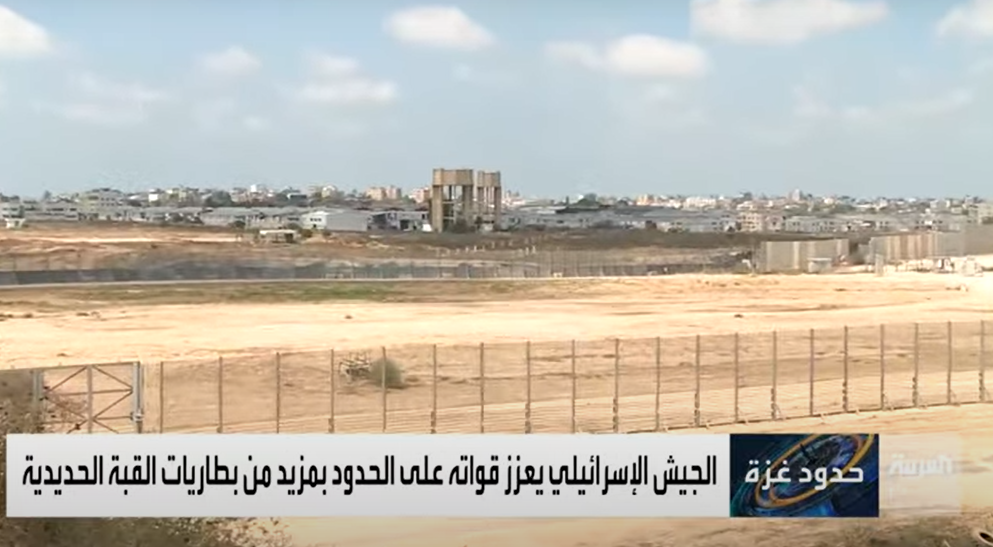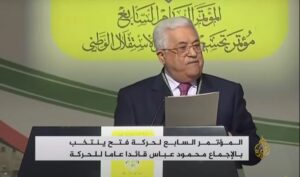For the past two weeks, hundreds of young Palestinians have been engaging in protests along the eastern border of the Gaza Strip, reminiscent of the “Marches of Return” that persisted for approximately three years until the IDF’s operation in May 2021. These protests aimed to pressure Israel into lifting the blockade on Gaza.
While the supreme headquarters of the “return marches” in Gaza has not officially announced their resumption, there have been signs of preparations within Gaza itself.
Sources in Gaza allege that Israel has reneged on the concessions it initially offered after the “Guardian of the Walls” operation.
Palestinian factions are now contemplating a revival of the marches of return.
However, Israeli security officials deny these claims.
The marches of return were largely seen as a failure against Israel, as their primary goal of lifting the Gaza blockade was not achieved.
During clashes with IDF soldiers along the border fence, Palestinian data reports 215 Palestinians killed and 19,000 injured.
Several dozen individuals required leg amputation surgeries after being shot by IDF forces while attempting to breach the fence into Israeli territory.
Hamas sources suggest that the organization’s military leadership, in collaboration with Islamic Jihad, is reactivating activities along the border with Israel to discourage Israel from returning to the policy of targeted assassinations.
In response to Israel’s decision to target leaders responsible for orchestrating terrorist attacks in Judea and Samaria and holding Hamas and Islamic Jihad leaders in Gaza and abroad accountable, terrorist leaders such as Yahya Sinwar and Mohammed Al-Hindi in Gaza have gone underground and implemented precautionary measures.
Last summer, the IDF and Shin Bet managed to surprise the Islamic Jihad organization and eliminate its entire military leadership during Operation Shield and Arrow on May 9, 2023.
A public warning from Prime Minister Binyamin Netanyahu to Saleh al-Arouri, the head of Hamas’s military wing in Judea and Samaria, has intensified pressure on the top brass of Hamas and Islamic Jihad.
The terrorist organizations are primarily concerned about assassinations carried out by the Israeli Mossad abroad, making it difficult to attribute responsibility directly to Israel and limiting their ability to retaliate.
Egypt attempted to secure a commitment from Israel not to renew targeted killings but failed.
Consequently, terrorist organizations are preparing for the possibility of Israeli deception.
They fear that while Israel is spreading news about assassinations abroad, it might be preparing for surprise targeted assassinations within Gaza.
The sentiment on Gaza’s streets is that Israel could potentially initiate a brief military operation in Gaza to eliminate terrorist leaders orchestrating attacks in Judea and Samaria, particularly the deportees from the “Shalit deal” who lead the “West Bank Headquarters” in Gaza and operate terrorist cells in Judea and Samaria – figures well-known to Israel’s Shin Bet.
Souheil Al-Hindi, a member of the Hamas political bureau, warned that “all options are open” in light of Israel’s threats and actions in Judea and Samaria but stopped short of confirming a decision to renew the “Marches of Return” toward the Israel-Gaza border.
Hamas is flexing its muscles along the border with Israel, but such a move could jeopardize the humanitarian aid it receives from Israel, including a monthly grant of $30 million from Qatar and the employment of 18,000 Gaza workers in Israel.
The recent demonstrations along the Gaza border serve as a warning from terrorist organizations to Israel: if it renews the policy of targeted assassinations, protests along the Gaza border and the launch of incendiary balloons into Israeli territory could resume.
Hamas aims to gradually escalate tensions along the Gaza border, putting pressure on Egypt and the UN to reengage and extract a clear commitment from Israel to avoid escalation and the reinstatement of targeted assassinations.




